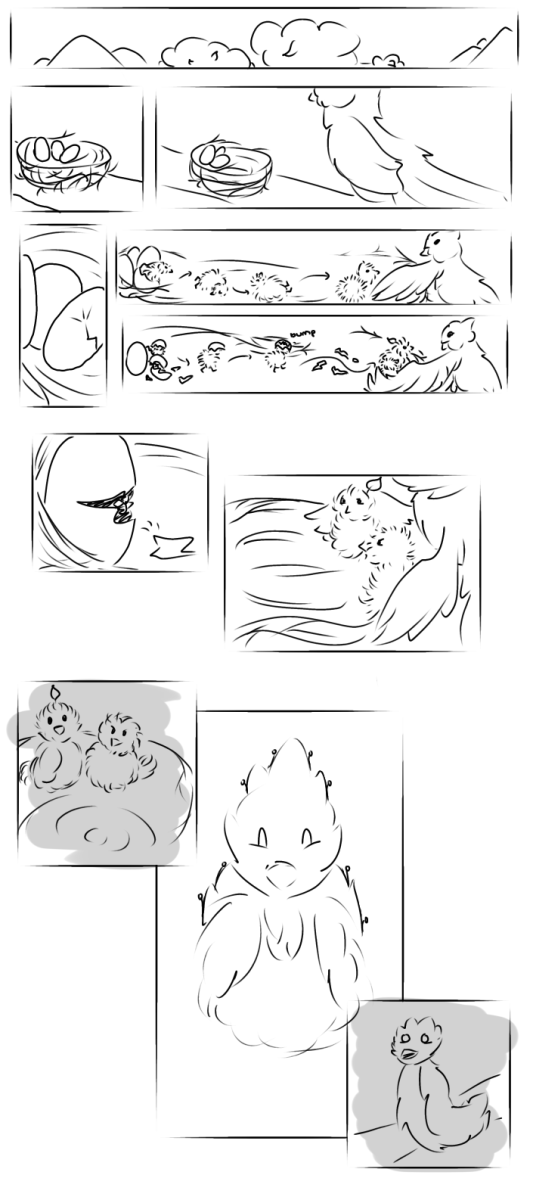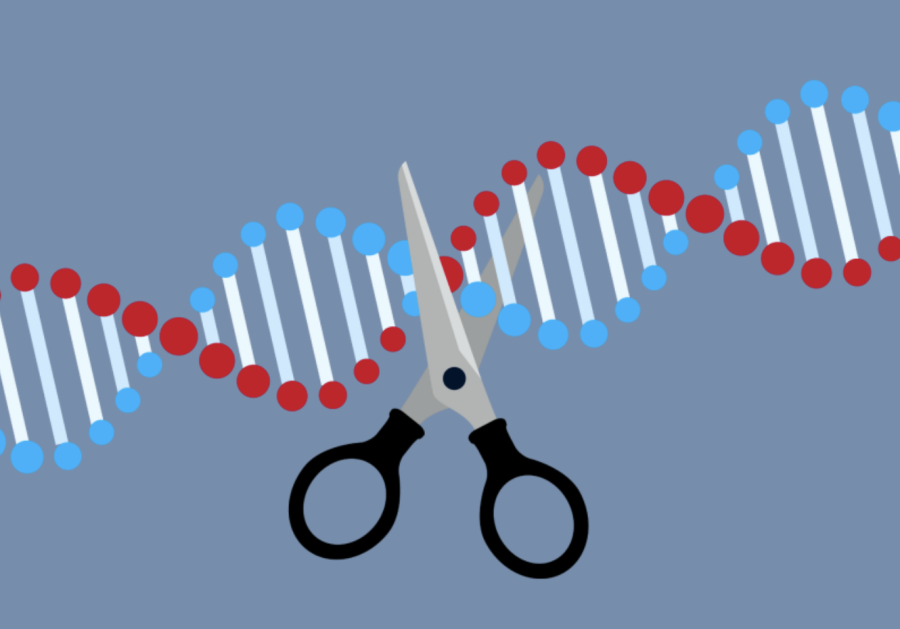CRISPR: The real-life ‘Resurrection Stone’?
March 31, 2022
Imagine a world where one’s babies could have whatever characteristics they wanted, or horrible genetic diseases could be stopped, even before the infant was born. Believe it or not, the world of science is much closer to attaining this reality than many believe. Nearly a decade ago, scientists Jennifer Doudna and Emmanuelle Charpentier found something that has and will continue to revolutionize modern medicine and science, CRISPR-Cas9. CRISPR is short for Clustered Regularly Interspaced Short Palindromic Repeats, and is a unique biotechnology that allows geneticists to edit parts of the DNA genome by altering the DNA sequence. The Cas9 acts as a pair of ‘molecular scissors’ that can cut the DNA at a specific location so that segments of DNA can be added or removed. After doing this, the cell with the modified sequence will recognize the DNA is damaged and help to repair it. This mechanism allows scientists to introduce changes to other genes within the cell. This type of genetic modification is much faster, cheaper and more accurate than previous techniques and has lots of possible applications.
CRISPR modifies genes that could potentially put an end to medical conditions with a genetic component such as cancer, sickle cell anemia and even high cholesterol. Many of the suggested uses for CRISPR involve editing non-reproductive cells. Performing this operation would occur within the gene of a living individual with the condition already. In the future, this technology could be used as a treatment for patients with deadly genetic conditions, like Huntington’s disease or cystic fibrosis. However, since the discovery of the technology, many have speculated about its use in reproductive cells, therefore changing the genome for the next generation. This use of CRISPR- Cas9 is heavily debated due to its ethical implications. It could be used to prevent horrible genetic diseases from occurring before a baby is even born, but on the other hand, it could also be used by the privileged to make ‘designer babies’. Carrying out gene editing on reproductive cells, the germline, is illegal in the U.K. as well as many other countries.
At this time, CRISPR is not a widespread method of genetic engineering or treatment because it is still in the trial phase. Nonetheless, researchers have been testing the technology on genetic disorders in a wide variety of species, such as cows, snails, dogs and even mosquitoes! Additionally, scientists have found a new use for this biotechnology, one that might really test the limits of miraculous mechanization, de-extinction. With extinction rates higher than any other time in previous human history, scientists and conservationists have been grasping for anything that might help reduce the damage, and CRISPR- Cas9 might just be their answer. Although CRISPR cannot clone an extinct species, scientists can take an existing species’ DNA and modify it to resemble that of the desired plant or animal. According to an article from Sciencenews.org, this would be possible with even just the littlest bit of DNA of the extinct species for molecular comparison. As exciting as it sounds to have dinosaurs or wooly mammoths walking around again, there are many limitations to this method of ‘resurrection’. Many times humans cannot find well-preserved DNA of extinct species, and if it is not exact, the revived species will not turn out completely identical. For example, a Sciencenews.org article titled ‘An extinct rat shows CRISPR’s limits for resurrecting species’, a team of researchers from the University of Copenhagen endeavored to recover the genome of the Christmas Island rat. For the extant species, they picked the Norway Brown Rat, a species that shared a common ancestor 2.6 million years ago with the Christmas Island rat. After genetic engineering, the scientists were able to recuperate 95% of the extinct rat’s genome. Sadly, this denoted that 5% of the DNA sequence was still missing, making the new rat, not an exact copy of the Christmas Island rat.
Even with small setbacks like that with the Christmas Island rat, CRISPR has an extremely bright and compelling future. From ending genetic diseases to bringing one’s favorite animals back to life, this new biotechnology is bound to blow society away.
































